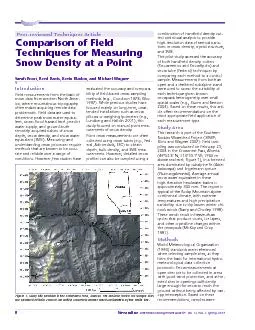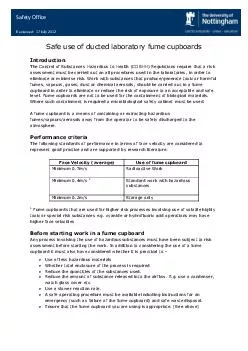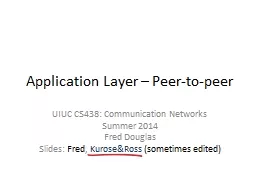PDF-Peer-reviewed Techniques Article
Author : debby-jeon | Published Date : 2015-11-03
Com par i son of Field Tech niques for Mea sur ing Snow Den sity at a Point Sarah Boon Reed Davis Kevin Bladon and Michael Wag ner Intro duc tion Field mea sure
Presentation Embed Code
Download Presentation
Download Presentation The PPT/PDF document "Peer-reviewed Techniques Article" is the property of its rightful owner. Permission is granted to download and print the materials on this website for personal, non-commercial use only, and to display it on your personal computer provided you do not modify the materials and that you retain all copyright notices contained in the materials. By downloading content from our website, you accept the terms of this agreement.
Peer-reviewed Techniques Article: Transcript
Download Rules Of Document
"Peer-reviewed Techniques Article"The content belongs to its owner. You may download and print it for personal use, without modification, and keep all copyright notices. By downloading, you agree to these terms.
Related Documents














